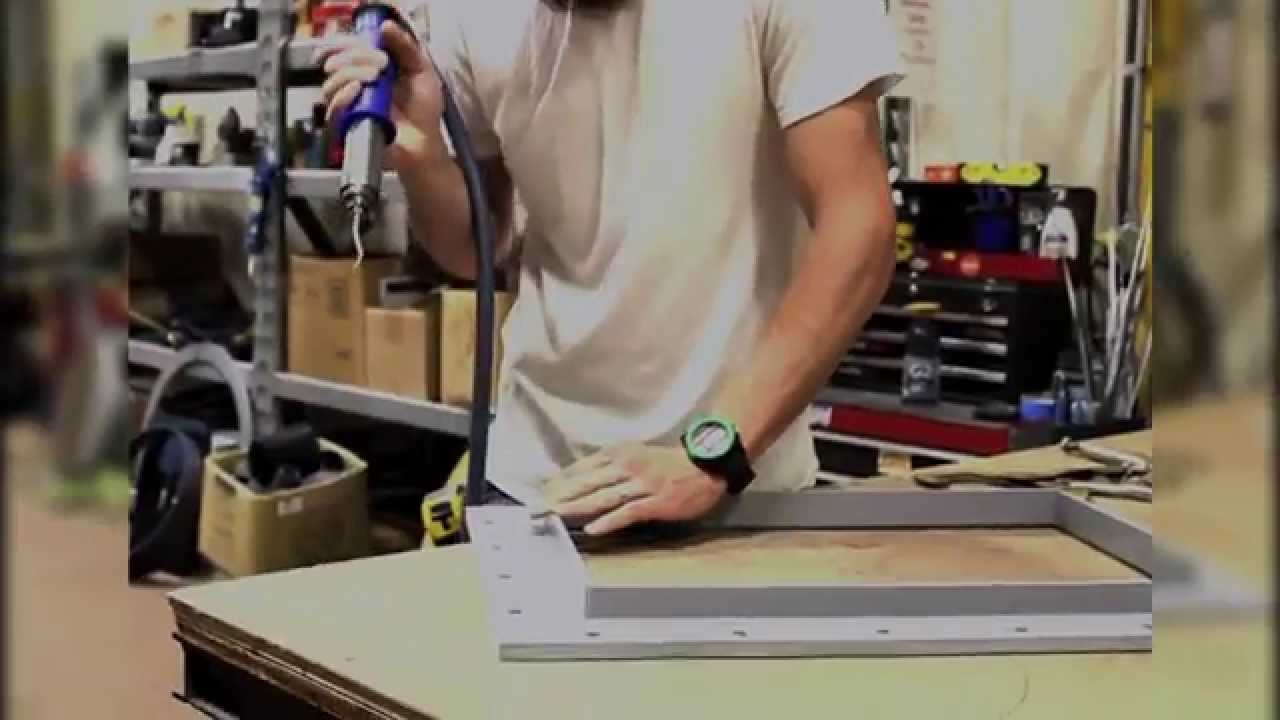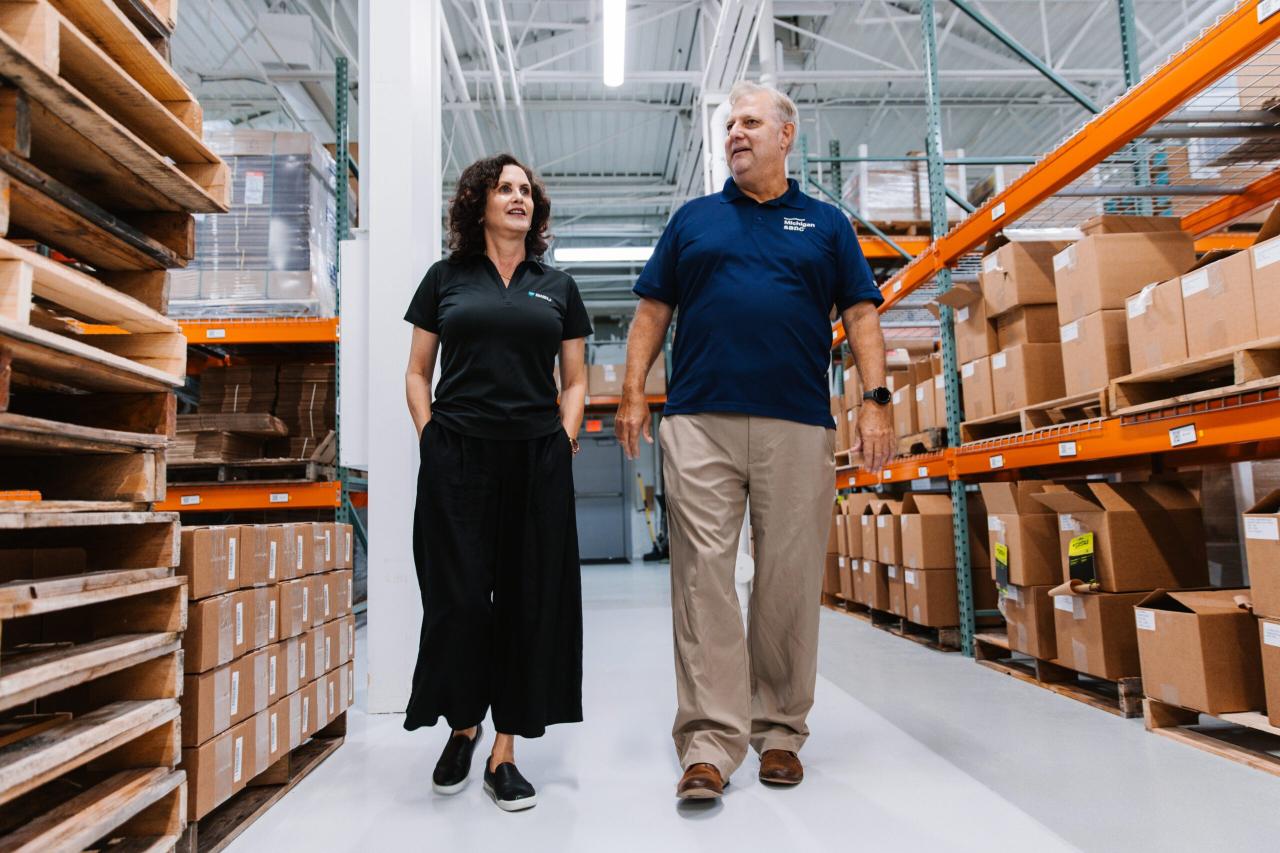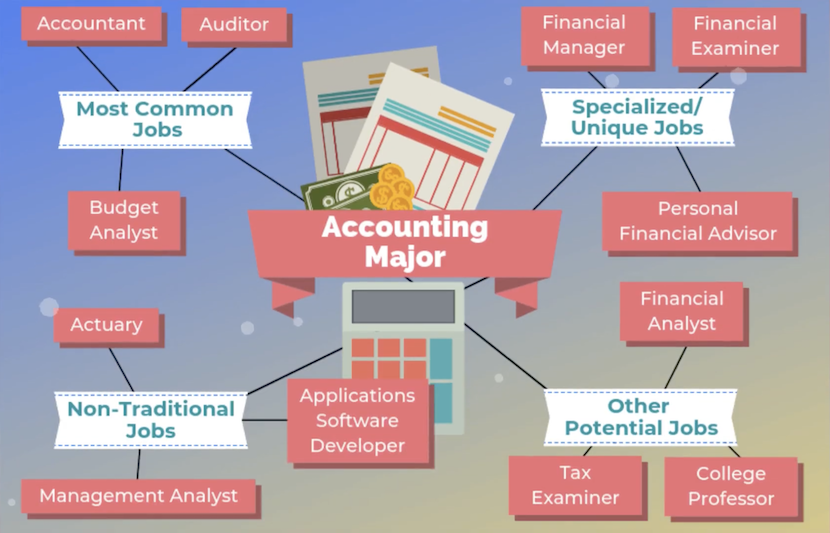Aero Technology: A Journey Through the Skies
Aero technology, the science and art of flight, has captivated humanity for centuries. From the earliest dreams of soaring like birds to the modern marvels of supersonic jets, the quest […]
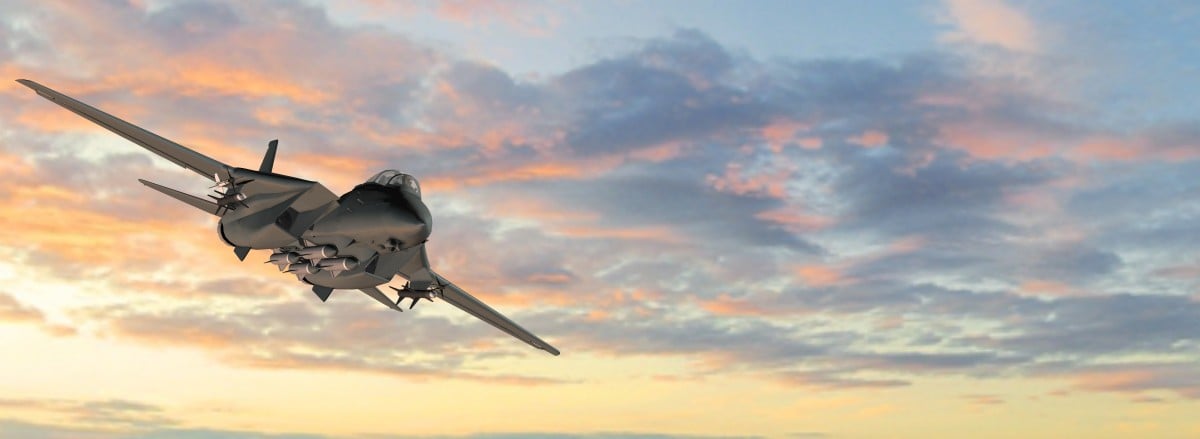
Aero technology, the science and art of flight, has captivated humanity for centuries. From the earliest dreams of soaring like birds to the modern marvels of supersonic jets, the quest to conquer the skies has driven innovation and pushed the boundaries of human ingenuity.
This exploration delves into the history, principles, and future of aero technology, examining the key milestones, fundamental concepts, and emerging trends that have shaped and continue to shape our understanding of flight.
History of Aero Technology
The story of aero technology is a captivating journey that spans centuries, fueled by human curiosity and the relentless pursuit of flight. From the earliest attempts to mimic birds to the sophisticated aircraft that now traverse the globe, the development of aero technology has been marked by groundbreaking innovations and the contributions of visionary individuals.
Early Attempts and Pioneers
The dream of flight has captivated humanity for millennia. Ancient civilizations, like the Greeks and Chinese, experimented with rudimentary flying machines, often inspired by the graceful flight of birds. However, these early attempts were largely unsuccessful, hindered by a lack of understanding of the principles of aerodynamics and the limitations of available materials.
The Renaissance witnessed a renewed interest in flight, with Leonardo da Vinci’s meticulous sketches and designs for flying machines. Although his inventions remained theoretical, they laid the groundwork for future advancements by demonstrating a deep understanding of human anatomy and the mechanics of flight.
The Wright Brothers and the Dawn of Powered Flight
The Wright brothers, Wilbur and Orville, are widely credited with achieving the first successful sustained, controlled flight in a heavier-than-air machine. Their meticulous experimentation and unwavering determination led to the development of the first practical airplane, the Wright Flyer, which took flight on December 17, 1903, at Kitty Hawk, North Carolina.
The Wright brothers’ achievement was a pivotal moment in the history of aviation. Their groundbreaking invention paved the way for the rapid evolution of aircraft design and technology. The Wright Flyer’s simple yet ingenious design, incorporating ailerons for control and a biplane wing structure, laid the foundation for future aircraft development.
Early Aircraft and the First World War
The early years of aviation saw rapid advancements in aircraft design, spurred by the demand for military aircraft during the First World War. The war led to the development of more powerful engines, improved aerodynamics, and the introduction of new materials like aluminum.
One of the most significant advancements during this period was the development of the monoplane, a single-wing aircraft design that offered superior performance compared to biplanes. The Fokker Dr.I, a German fighter plane with a distinctive triplane wing configuration, became a symbol of aerial combat during the war.
The Golden Age of Aviation
The period between the World Wars saw the emergence of the “Golden Age of Aviation.” This era was characterized by a surge in technological innovation, fueled by the growing popularity of air travel and the pursuit of faster and more efficient aircraft.
The development of the first successful jet engine by Frank Whittle in the 1930s marked a turning point in aviation history. The jet engine offered significantly higher speeds and efficiency compared to traditional piston engines, revolutionizing aircraft design and opening up new possibilities for air travel.
Post-War Advancements and the Jet Age
Following World War II, the development of jet aircraft continued at a rapid pace. The introduction of the De Havilland Comet, the first commercial jet airliner, in 1952 marked the beginning of the Jet Age. The Comet’s sleek, aerodynamic design and high cruising speed revolutionized air travel, making it faster, more comfortable, and more accessible to a wider population.
The Cold War further spurred advancements in aviation technology, as both the United States and the Soviet Union competed to develop increasingly sophisticated aircraft for military and civilian purposes. This period saw the development of supersonic jets, such as the Concorde, which could travel at speeds exceeding the speed of sound.
Modern Aviation: From Supersonic Flight to Unmanned Aerial Vehicles
Modern aviation is characterized by a focus on efficiency, safety, and environmental sustainability. Advancements in materials science, computer technology, and aerodynamics have led to the development of more fuel-efficient aircraft, improved navigation systems, and advanced safety features.
The rise of unmanned aerial vehicles (UAVs), also known as drones, has revolutionized the field of aviation. UAVs are increasingly used in a wide range of applications, including surveillance, delivery, and military operations. Their versatility, cost-effectiveness, and ability to operate in hazardous environments have made them indispensable tools in various sectors.
The Future of Aero Technology
The future of aero technology is bright, with continued advancements in areas such as electric propulsion, autonomous flight, and hypersonic travel. The development of sustainable aviation fuels and more efficient aircraft designs will be crucial in reducing the environmental impact of air travel.
As we move forward, the integration of artificial intelligence (AI) and advanced computing power will play a significant role in shaping the future of aviation. AI-powered systems will enable more efficient flight operations, improved safety measures, and enhanced passenger experiences.
Principles of Aerodynamics

Aerodynamics is the study of how air interacts with moving objects, and it forms the foundation of flight. Understanding these principles is crucial for designing aircraft, rockets, and other flying machines.
Forces in Flight
The four fundamental forces that govern flight are lift, drag, thrust, and weight. These forces are constantly interacting with each other, and their balance determines an aircraft’s ability to fly.
- Lift is the upward force that opposes gravity, allowing an aircraft to stay airborne. It is generated by the shape of the wings, which creates a difference in air pressure above and below the wing, resulting in an upward force.
- Drag is the force that resists the aircraft’s motion through the air. It is caused by friction between the air and the aircraft’s surface, and it increases with speed.
- Thrust is the forward force that propels the aircraft through the air. It is generated by the engines, which convert fuel into energy to push the aircraft forward.
- Weight is the force of gravity acting on the aircraft. It is determined by the aircraft’s mass and the acceleration due to gravity.
Bernoulli’s Principle
Bernoulli’s principle explains the relationship between air pressure and speed. It states that as the speed of a fluid (like air) increases, its pressure decreases. This principle is fundamental to understanding how lift is generated.
Bernoulli’s principle: “In a steady flow of a fluid, an increase in the speed of the fluid occurs simultaneously with a decrease in pressure or a decrease in the fluid’s potential energy.”
Airfoil Design
The shape of an aircraft’s wing, known as an airfoil, is designed to create lift. The upper surface of an airfoil is curved, while the lower surface is relatively flat. This shape causes the air flowing over the top of the wing to travel a longer distance than the air flowing under the wing. As a result, the air flowing over the top of the wing moves faster, creating lower pressure according to Bernoulli’s principle. This pressure difference creates an upward force, which is lift.
Air Pressure in Flight
The interaction of air pressure and the forces of lift, drag, thrust, and weight is crucial for flight. The pressure difference created by the airfoil’s shape, combined with the thrust generated by the engines, overcomes the forces of drag and weight, allowing the aircraft to take off and stay airborne.
Visual Representation of Forces in Flight
[Insert image of a plane in flight with arrows indicating the forces of lift, drag, thrust, and weight.]
The illustration above depicts the forces acting on an aircraft in flight.
* The lift force is shown as an upward arrow, opposing the force of gravity.
* The drag force is shown as a backward arrow, resisting the aircraft’s motion.
* The thrust force is shown as a forward arrow, propelling the aircraft through the air.
* The weight force is shown as a downward arrow, representing the force of gravity acting on the aircraft.
These forces are constantly interacting, and their balance determines the aircraft’s flight path and performance.
Aircraft Design and Construction
Aircraft design and construction encompass a complex interplay of scientific principles, engineering ingenuity, and innovative materials, resulting in machines capable of flight. Understanding the diverse types of aircraft, their construction methods, and the materials used is crucial for comprehending the evolution and advancements in aviation technology.
Types of Aircraft
The world of aircraft is diverse, with various types designed for specific purposes. The primary classification categorizes aircraft based on their lift-generating mechanisms.
- Fixed-wing aircraft utilize wings that remain stationary relative to the aircraft’s fuselage, generating lift through the interaction of airfoils with airflow. These aircraft are further categorized based on their engine configuration (e.g., single-engine, twin-engine), wing design (e.g., swept wing, delta wing), and purpose (e.g., commercial airliners, fighter jets).
- Rotary-wing aircraft, commonly known as helicopters, generate lift through rotating blades. These blades, known as rotors, are mounted on a vertical axis and create lift through the interaction of their airfoil shape with the surrounding air. Helicopters offer unique capabilities such as hovering, vertical takeoff and landing, and maneuvering in confined spaces.
- Lighter-than-air craft achieve flight by utilizing buoyancy principles. These aircraft, such as hot air balloons and airships, are filled with a gas less dense than air, enabling them to float and move with the wind.
Materials and Technologies in Aircraft Construction
Modern aircraft construction employs a wide range of materials and technologies to achieve optimal performance, safety, and efficiency.
Composites
Composites, such as carbon fiber reinforced polymers (CFRP), have revolutionized aircraft construction due to their high strength-to-weight ratio, corrosion resistance, and design flexibility. CFRP consists of strong carbon fibers embedded in a resin matrix, resulting in a material that is both lightweight and incredibly strong. This material is extensively used in aircraft structures, including wings, fuselages, and tail sections.
Metals
Aluminum alloys continue to play a significant role in aircraft construction, particularly in the fuselage and wings of commercial airliners. Aluminum alloys offer a balance of strength, lightweight, and affordability, making them a suitable choice for large-scale aircraft structures. Other metals, such as titanium and steel, are used in specific applications where high strength and heat resistance are required, such as engine components and landing gear.
Advanced Manufacturing Techniques
Modern aircraft construction relies on advanced manufacturing techniques to ensure precision, efficiency, and high-quality production.
- Computer-aided design (CAD) allows engineers to create detailed 3D models of aircraft components, facilitating precise design and analysis.
- Computer-aided manufacturing (CAM) utilizes computer control to automate manufacturing processes, ensuring consistency and accuracy in component production.
- Automated fiber placement (AFP) is a highly efficient technique for laying down carbon fiber prepreg tapes, creating complex composite structures with high precision.
Key Components of an Aircraft
An aircraft comprises various components, each with a specific function that contributes to the overall operation of the aircraft.
| Component | Function |
|---|---|
| Fuselage | The main body of the aircraft, housing the cockpit, passengers, cargo, and systems. |
| Wings | Generate lift through interaction with airflow, enabling the aircraft to fly. |
| Tail | Provides stability and control during flight. |
| Engine | Provides thrust, propelling the aircraft through the air. |
| Landing Gear | Supports the aircraft on the ground, enabling takeoff and landing. |
| Flight Control Systems | Enable the pilot to control the aircraft’s movement, including pitch, roll, and yaw. |
| Avionics | Electronic systems responsible for navigation, communication, and aircraft management. |
Aero Engines and Propulsion
Aero engines are the powerhouses of aircraft, providing the thrust necessary for flight. The choice of engine type depends on various factors such as aircraft size, speed, and intended use. Understanding the principles of jet propulsion and the characteristics of different engine types is crucial for comprehending the mechanics of flight.
Piston Engines
Piston engines, a common choice for smaller aircraft, convert chemical energy from fuel into mechanical energy through the reciprocating motion of pistons. These engines are known for their simplicity, reliability, and relatively low cost. The combustion process occurs within cylinders, where fuel is ignited and expands, driving pistons connected to a crankshaft. The crankshaft rotates, transmitting power to a propeller, which generates thrust.
Jet Engines
Jet engines, widely used in commercial and military aircraft, rely on the principle of jet propulsion. They work by ingesting air, compressing it, burning fuel with the compressed air, and then expelling the hot, high-velocity gases out of the rear, generating thrust.
Principles of Jet Propulsion
Jet propulsion is based on Newton’s third law of motion, which states that for every action, there is an equal and opposite reaction. The jet engine’s operation can be summarized as follows:
1. Air Intake: Air is drawn into the engine through an intake.
2. Compression: The air is compressed by a series of rotating blades called a compressor.
3. Combustion: Fuel is injected into the compressed air and ignited, releasing heat and expanding the air.
4. Expansion: The hot gases expand through a nozzle, accelerating to high velocities.
5. Thrust Generation: As the high-velocity gases exit the nozzle, they push against the surrounding air, generating thrust.
Types of Jet Engines
There are several types of jet engines, each with its own characteristics and applications:
- Turbojet Engines: The simplest type of jet engine, consisting of a compressor, combustion chamber, and turbine. Turbojet engines are most efficient at high speeds and altitudes, but they are relatively noisy and consume a lot of fuel at low speeds.
- Turbofan Engines: The most common type of jet engine used in commercial aircraft. Turbofan engines have a large fan at the front that bypasses a portion of the air around the core engine, increasing efficiency and reducing noise.
- Turboprop Engines: These engines combine the power of a turbine with a propeller. Turboprop engines are efficient at lower speeds and altitudes, making them suitable for regional aircraft and smaller planes.
Turboprop Engines
Turboprop engines, a hybrid between jet engines and piston engines, combine the power of a turbine with a propeller. They offer a good balance of efficiency and performance, making them suitable for regional aircraft and smaller planes. In a turboprop engine, the turbine drives a propeller instead of directly generating thrust through a jet nozzle.
Efficiency and Performance Characteristics
The efficiency and performance of different engine types vary significantly.
Piston Engines
Piston engines are generally less efficient than jet engines, especially at higher speeds. However, they are relatively simple and cost-effective, making them suitable for smaller aircraft.
Jet Engines
Jet engines are generally more efficient than piston engines at higher speeds, but they are more complex and expensive. They are the preferred choice for commercial and military aircraft.
Turboprop Engines
Turboprop engines offer a good balance between efficiency and performance, particularly at lower speeds. They are often used in regional aircraft and smaller planes.
Aviation Safety and Regulations
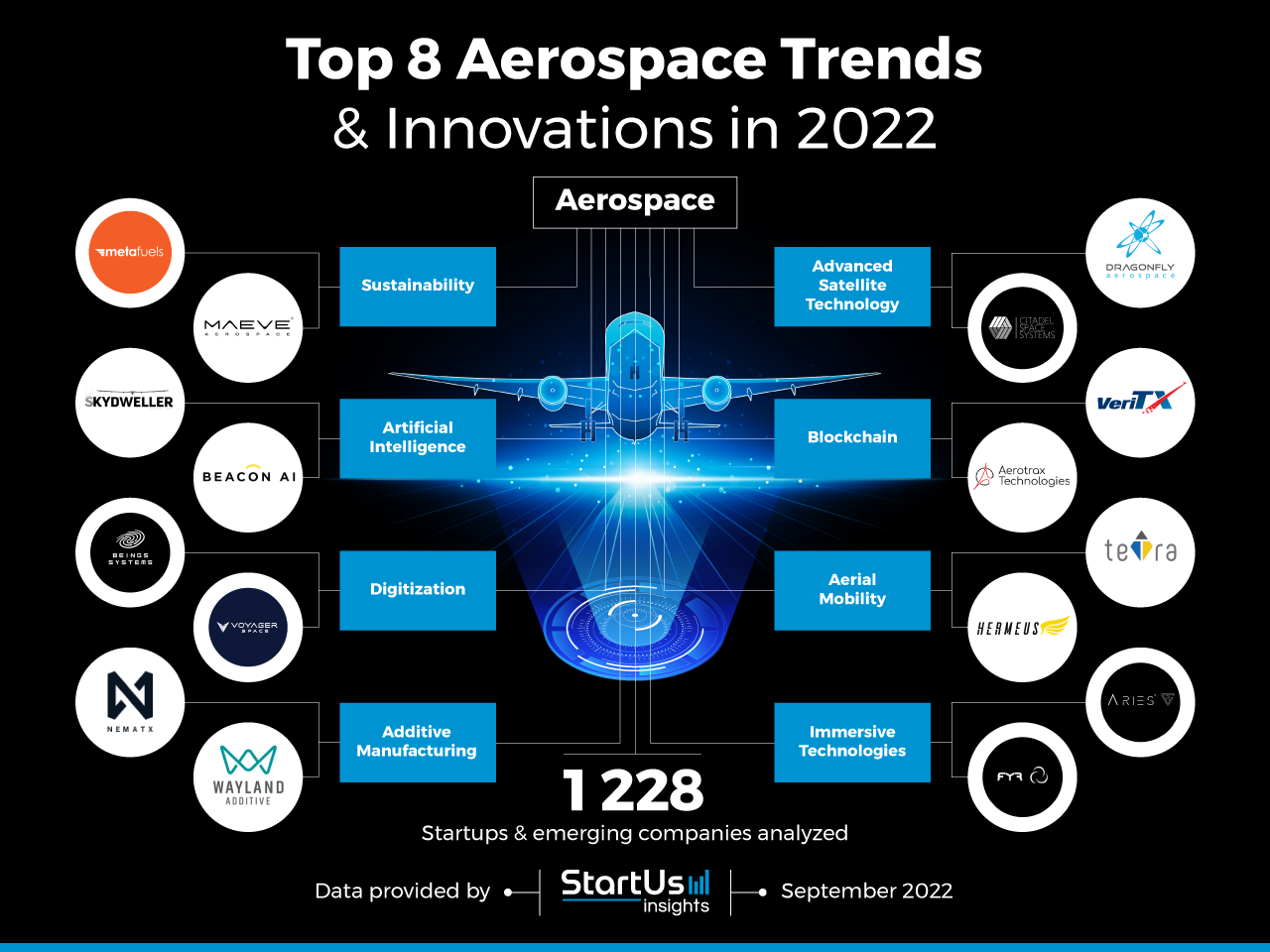
Aviation safety is paramount in the aerospace industry. It involves a comprehensive system of regulations, standards, and technological advancements aimed at minimizing risks and ensuring the safe operation of aircraft.
Role of Safety Regulations and Standards, Aero technology
Safety regulations and standards play a crucial role in establishing a framework for safe aviation practices. They provide guidelines for aircraft design, construction, maintenance, operation, and pilot training. These regulations are essential for ensuring that aircraft are built to high standards, operated safely, and maintained properly to prevent accidents and incidents.
Key Organizations Involved in Aviation Safety
Several organizations play a vital role in promoting and enforcing aviation safety globally.
- The Federal Aviation Administration (FAA) is the primary aviation regulatory body in the United States. It sets standards for aircraft design, certification, and operation, and oversees the training and licensing of pilots and other aviation professionals.
- The International Civil Aviation Organization (ICAO) is a specialized agency of the United Nations that establishes international standards and recommended practices for civil aviation. It aims to ensure the safe and orderly development of international civil aviation.
- The European Aviation Safety Agency (EASA) is the regulatory body for aviation safety in the European Union. It develops and implements safety regulations for aircraft, airports, and air traffic management.
Technological Advancements for Aviation Safety
Technological advancements have significantly improved aviation safety over time.
- Flight Data Recorders (FDRs) and Cockpit Voice Recorders (CVRs) are crucial tools for accident investigations. They record data about the aircraft’s performance and the crew’s communication, providing valuable insights into the causes of accidents.
- Ground Proximity Warning Systems (GPWS) are designed to alert pilots of potential ground collisions. They use radar and other sensors to detect terrain and obstacles, and provide audible and visual warnings to the crew.
- Traffic Collision Avoidance Systems (TCAS) are airborne systems that detect and prevent mid-air collisions. They use transponders to communicate with other aircraft and provide warnings and instructions to pilots.
- Automatic Dependent Surveillance-Broadcast (ADS-B) is a technology that allows aircraft to transmit their position, altitude, and other data to ground stations and other aircraft. This data is used to enhance air traffic management and reduce the risk of collisions.
- Enhanced Ground Proximity Warning Systems (EGPWS) are advanced versions of GPWS that provide more comprehensive and accurate warnings, including alerts for potential runway excursions and wind shear.
Future of Aero Technology
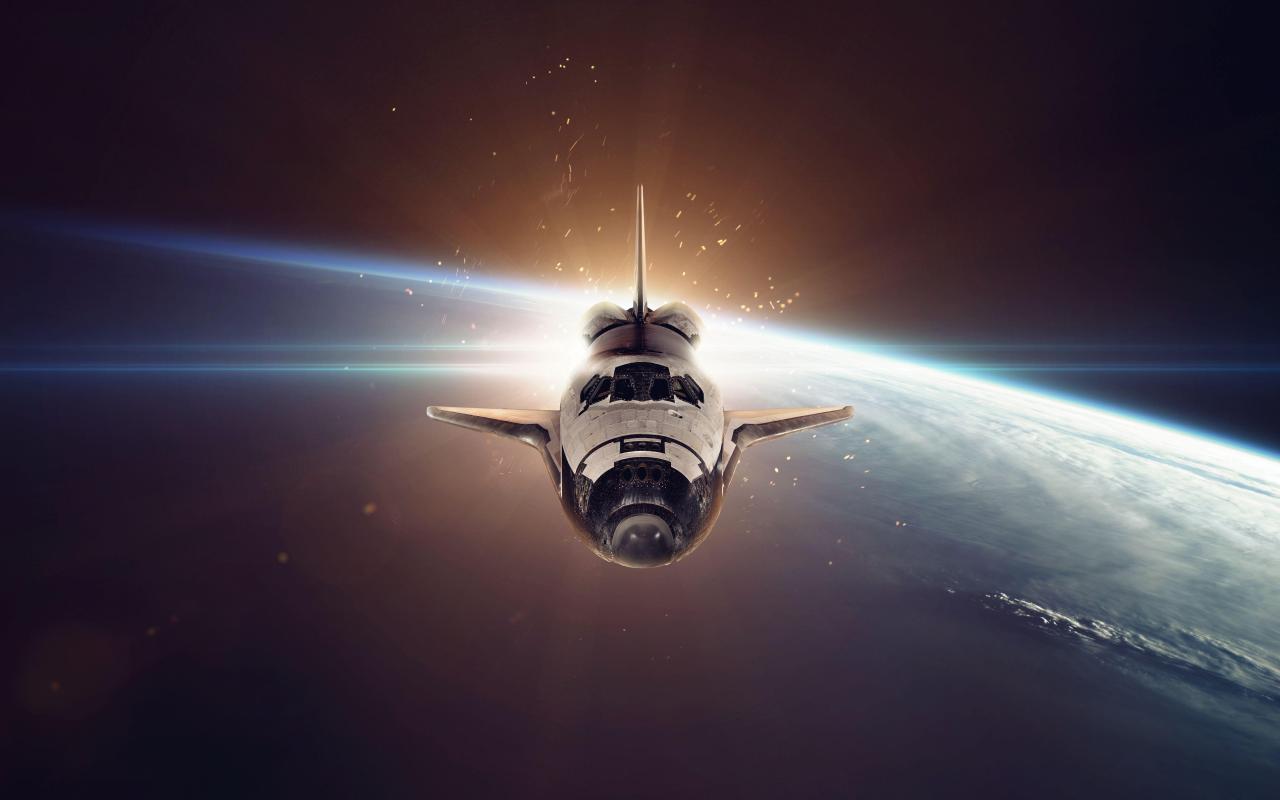
The aviation industry is on the cusp of a transformative era, driven by advancements in technology and a growing demand for sustainable and efficient air travel. Emerging trends like electric aircraft, hypersonic flight, and autonomous flight systems are poised to revolutionize how we travel and interact with the skies.
Electric Aircraft
Electric aircraft, powered by batteries instead of jet fuel, offer significant environmental benefits by reducing greenhouse gas emissions and noise pollution.
- Increased Efficiency: Electric motors are highly efficient, converting more energy into thrust than traditional jet engines. This translates to lower operating costs and a smaller environmental footprint.
- Reduced Noise: Electric aircraft produce significantly less noise than conventional planes, leading to quieter airports and improved community relations.
- Short-haul Potential: Current battery technology limits the range of electric aircraft, making them suitable for short-haul routes, primarily within regional and urban areas.
Examples of electric aircraft currently in development include the Eviation Alice, the Pipistrel Velis Electro, and the Airbus CityAirbus.
Hypersonic Flight
Hypersonic flight refers to travel at speeds exceeding Mach 5, or five times the speed of sound. This technology promises to dramatically reduce travel times, connecting distant cities in a matter of hours.
- Reduced Travel Time: Hypersonic aircraft could reduce flight times between continents significantly, making long-distance travel more accessible and efficient.
- Global Connectivity: Hypersonic travel could facilitate faster transportation of goods and services, fostering global trade and economic growth.
- Technological Challenges: Developing hypersonic aircraft presents significant technical challenges, including high temperatures, aerodynamic forces, and material limitations.
Notable hypersonic projects include the Boeing X-51 Waverider and the Lockheed Martin SR-71 Blackbird.
Autonomous Flight Systems
Autonomous flight systems utilize artificial intelligence and advanced sensors to enable aircraft to navigate and operate without human intervention.
- Improved Safety: Autonomous systems have the potential to reduce pilot error, a major factor in aviation accidents.
- Enhanced Efficiency: Autonomous aircraft can optimize flight paths and fuel consumption, leading to more efficient operations.
- Unmanned Applications: Autonomous aircraft have numerous applications in various sectors, including cargo delivery, surveillance, and environmental monitoring.
Companies like Boeing, Airbus, and Google are actively developing autonomous flight technologies.
Challenges and Opportunities
The future of aero technology presents both challenges and opportunities.
- Infrastructure: The development of electric aircraft and hypersonic flight requires significant investments in charging infrastructure and specialized airports.
- Regulation: Integrating autonomous flight systems into existing airspace will require new regulations and safety protocols.
- Public Acceptance: Public acceptance of autonomous aircraft and other emerging technologies is crucial for their widespread adoption.
- Job Creation: The development and deployment of new technologies will create new jobs in engineering, manufacturing, and other related fields.
- Economic Growth: Advancements in aero technology have the potential to boost economic growth by creating new industries and driving innovation.
- Sustainability: The adoption of electric aircraft and other sustainable technologies can contribute to reducing the environmental impact of air travel.
Final Review
As we look to the horizon, the future of aero technology promises even greater advancements. Electric aircraft, hypersonic flight, and autonomous systems are poised to revolutionize travel, transportation, and our connection to the world. The journey of aero technology is a testament to human curiosity, determination, and the enduring fascination with the boundless possibilities of the skies.
Aero technology is constantly evolving, with advancements in materials and design pushing the boundaries of what’s possible. This same drive for innovation can be seen in other fields, like industrial automation. For example, the Phase Technologies pump controller is a testament to this, offering precise control and efficiency in fluid handling systems.
These advancements, whether in aerospace or industrial applications, highlight the power of technology to improve performance and efficiency.






